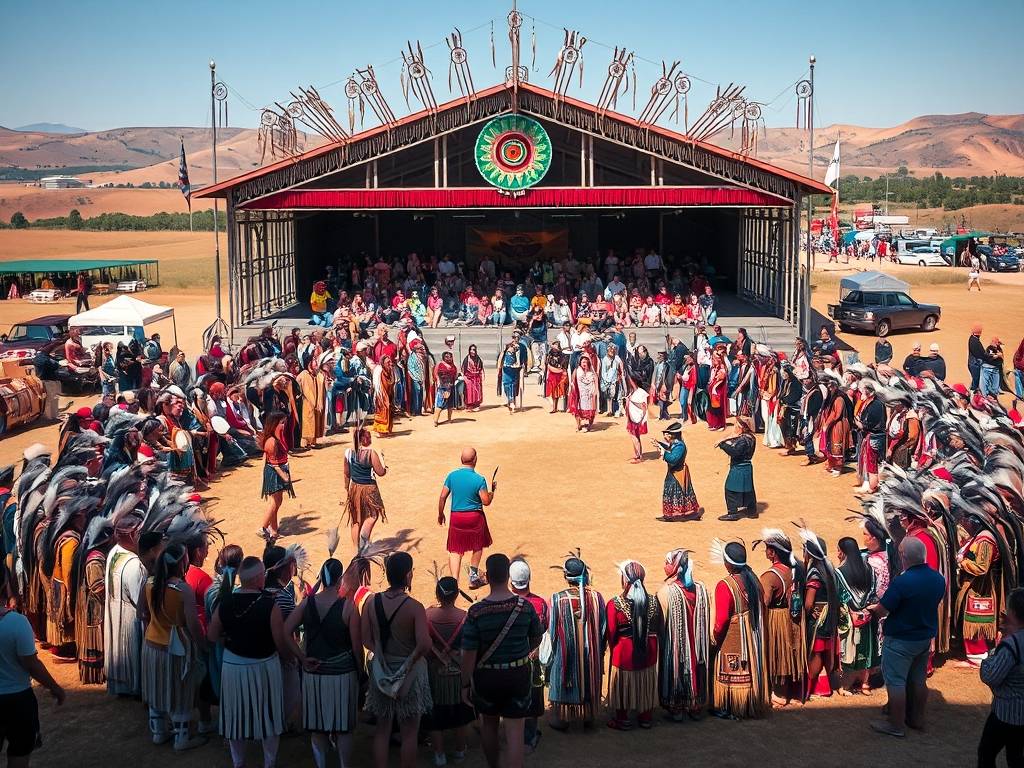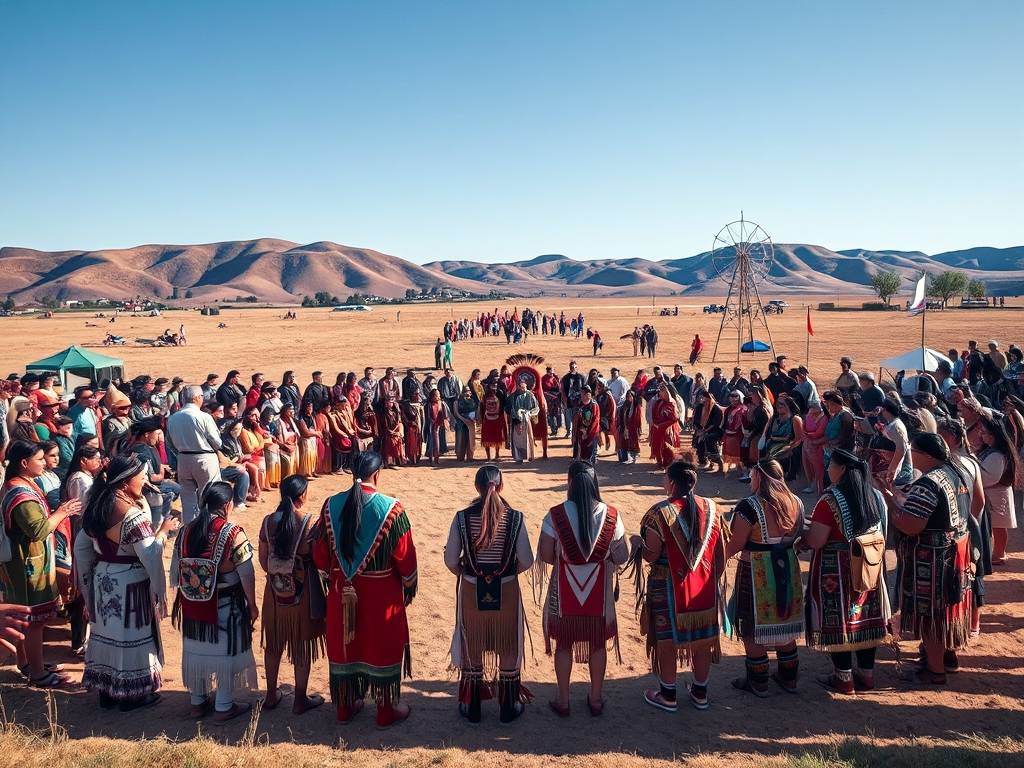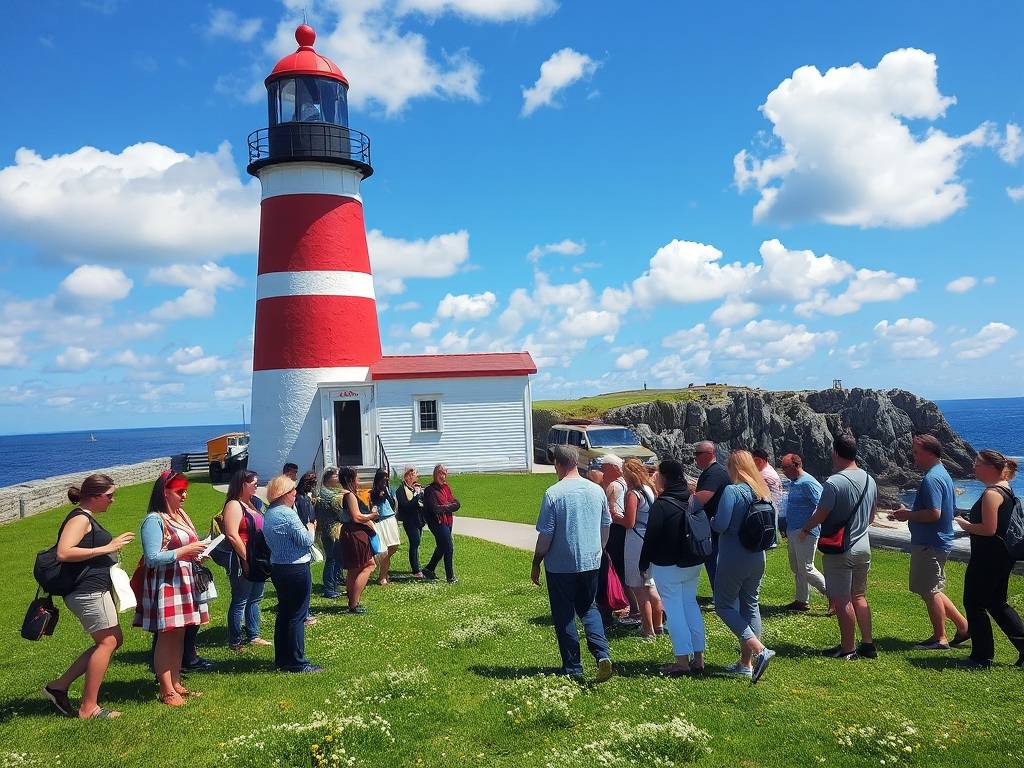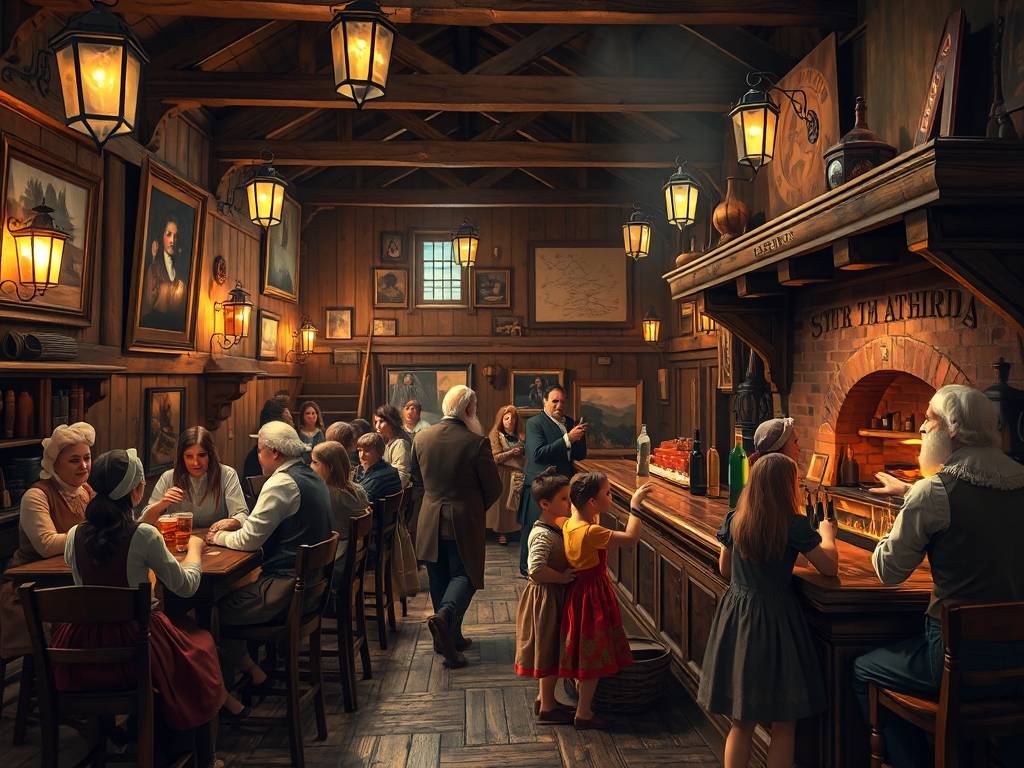USA Travel
US Travel: Native American Powwow Experiences in Oklahoma
Oklahoma's Heartbeat: A Journey into the Living Culture of Native American Powwows
There's a rhythm that calls across the plains of Oklahoma, a powerful, resonant drumbeat that feels less like a sound and more like the very heartbeat of the land itself. This is the sound of the powwow, one of the most vibrant and profound expressions of Native American culture alive today. For the traveler seeking more than just a scenic vista or a historical monument, an Oklahoma powwow offers a living, breathing portal into the soul of Indian Country. It is an invitation to witness the continuation of ancient traditions, the celebration of community, and an awe-inspiring display of artistry and spirit that will leave an indelible mark on your understanding of America.
Many visitors arrive with questions. What exactly is a powwow? Is it a ceremony, a festival, a competition? The beautiful answer is: it is all these things and more. At its core, a powwow is a social and cultural gathering for many different Native American tribes. It's a time for reuniting with family and friends, for honoring veterans and elders, and for passing traditions to the next generation. While its roots are in the warrior societies and healing ceremonies of the Plains tribes, the modern powwow has evolved into a dynamic event that blends deep spiritual significance with joyful celebration. Understanding this dual nature—the sacred and the social—is the first step to a respectful and enriching experience.

Oklahoma is uniquely positioned as a premier destination for authentic powwow experiences. Often called "Native America" for its rich concentration of 39 federally recognized tribes, the state is a cultural crossroads. This diversity stems from its complex history, as many tribes were forcibly relocated to this land during the 19th century. From this shared history arose a powerful intertribal community, and the powwow became a central way to preserve individual tribal identities while also celebrating their shared bonds. Attending a powwow here means you're not witnessing a performance put on for tourists; you are a guest at a gathering that is first and foremost for the Native community.
Your journey begins even before you arrive at the grounds. A good starting point is to research which powwow you'd like to attend. Major events like the Red Earth Festival in Oklahoma City or the enormous annual gathering of the Ponca Tribe draw participants from across North America and are spectacular introductions. However, don't overlook the smaller, local powwows held in communities throughout the state. These often offer an even more intimate and personal glimpse into community life. Once you've chosen your event, a little preparation goes a long way. Check the schedule, as most powwows have Grand Entries—the formal procession that opens each session—at specific times. Dress for the weather, as much of the event is outdoors, and bring a portable chair or blanket. Most importantly, come with a mindset of respectful observation and a willingness to learn.
As you approach the powwow grounds, the drumbeat grows stronger, pulling you toward the central circle—the arbor. This circle is sacred, representing the cycle of life. The first thing you'll notice is a kaleidoscope of color and sound. Dancers in breathtaking, handcrafted regalia move with purposeful grace. It's crucial to know that these are not "costumes"; the term "regalia" honors the deep personal and cultural significance of each element, from the intricately beaded moccasins and the shimmering metal cones on a Jingle Dress to the stunning eagle-feather bustles of the Men's Fancy and Traditional dancers. Each item tells a story of heritage, family, and personal achievement.
The heart of the powwow is the drum. Groups of singers sit in a circle around a large, single drum, their voices rising together in powerful, unison songs. These are not mere background music; the drum is revered as the heartbeat of the people, and the songs are the prayers and stories that give the dancers their spirit and movement. Each song has a specific purpose—a flag song, a veterans' song, or an intertribal song where everyone is invited to dance.
Understanding the different dance styles will deeply enrich your experience. The Women's Fancy Shawl dance, for instance, is characterized by graceful, soaring movements that mimic a butterfly, while the Women's Jingle Dress dance is known for the soothing sound of its metal cones and is rooted in a healing tradition. The Men's Grass Dance, with its flowing, swaying motions, is said to imitate the tall prairie grass, and the Men's Fancy Dance is a test of athleticism and stamina, featuring incredibly fast and vibrant movements. Witnessing these dances is to see living history and profound personal expression in motion.

So, how can you, as a visitor, ensure you are a respectful guest? The rules are simple but important. Always ask for permission before taking photographs of dancers, especially close-ups. Their regalia is deeply personal, and not all moments are for public capture. During certain songs, such as Honor Songs or Flag Songs, it is customary to stand and remove hats as a sign of respect. Follow the lead of the crowd around you. While the seating around the arbor is often for dancers and their families, there is always a designated area for the public. Refrain from entering the dance arena unless an invitation for intertribal dancing is explicitly announced. Finally, support the artists and the community by purchasing authentic Native American crafts and food from the vendors. This is a wonderful way to take a piece of the culture home with you and contribute directly to the local economy.
Beyond the spectacle, a powwow is a profound lesson in intertribal cultural exchange and Native American heritage preservation. It is a powerful statement of resilience and continuity. In the faces of the young children dancing alongside their grandparents, you see the future being woven from the threads of the past. The event is a masterclass in indigenous tourism done right, where visitors are welcomed not as spectators to a show, but as honored guests in a living culture.
An Oklahoma powwow journey is more than a trip; it's an immersion. It answers the call for meaningful cultural travel and provides a deep, personal connection to the first peoples of this land. It solves the traveler's search for an authentic, uplifting, and educational experience that transcends the ordinary. You will come for the dazzling sights and the powerful drumbeats, but you will leave with a renewed sense of wonder, a deeper appreciation for the vibrant tapestry of Native American life, and the memory of a heartbeat that echoes long after you've returned home.
相关文章
- US Travel: Gold Rush Museums in California’s Sacramento
- US Travel: Civil Rights Movement Tours in Alabama’s Birmingham
- US Travel: Victorian Mansion Tours in Rhode Island’s Newport
- US Travel: Mission Tours in California’s San Juan Capistrano
- US Travel: Pirate History Tours in North Carolina’s Outer Banks
- US Travel: Colonial Era Tavern Visits in Pennsylvania’s Philadelphia
- US Travel: Historic Lighthouse Tours in Maine’s Portland Head
- US Travel: WWII Museum Visits in Louisiana’s New Orleans
- US Travel: Pioneer History Sites in Nebraska’s Omaha
- US Travel: Art Deco Architecture Tours in Florida’s Miami Beach
发表评论
评论列表
- 这篇文章还没有收到评论,赶紧来抢沙发吧~


